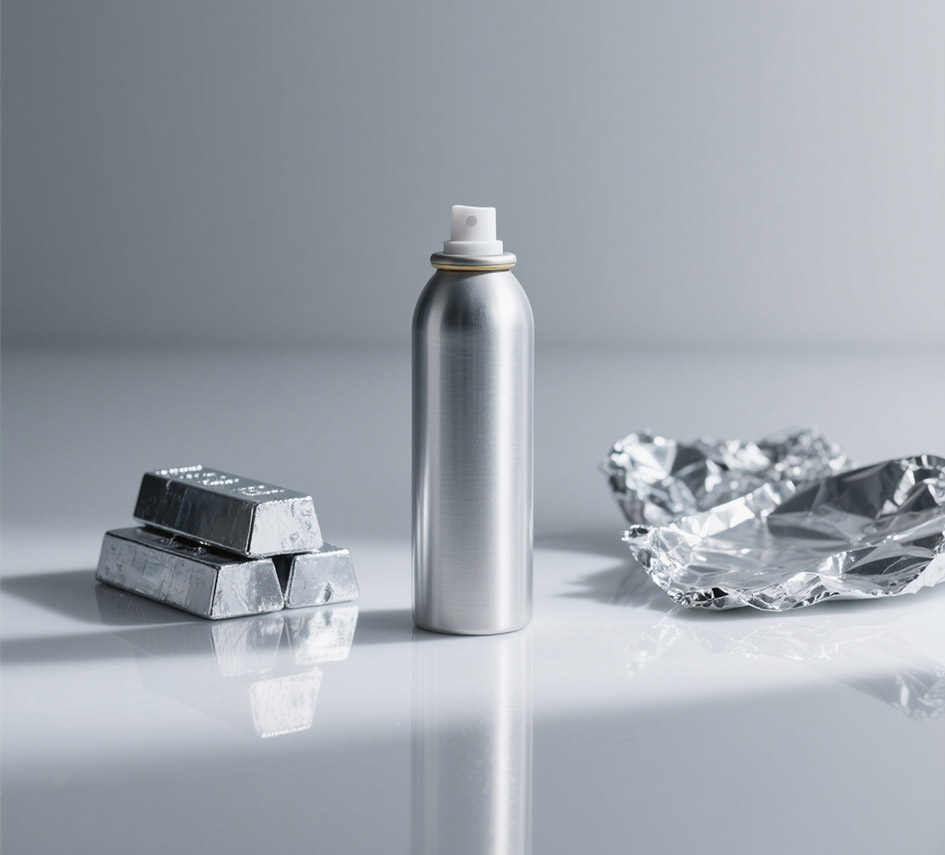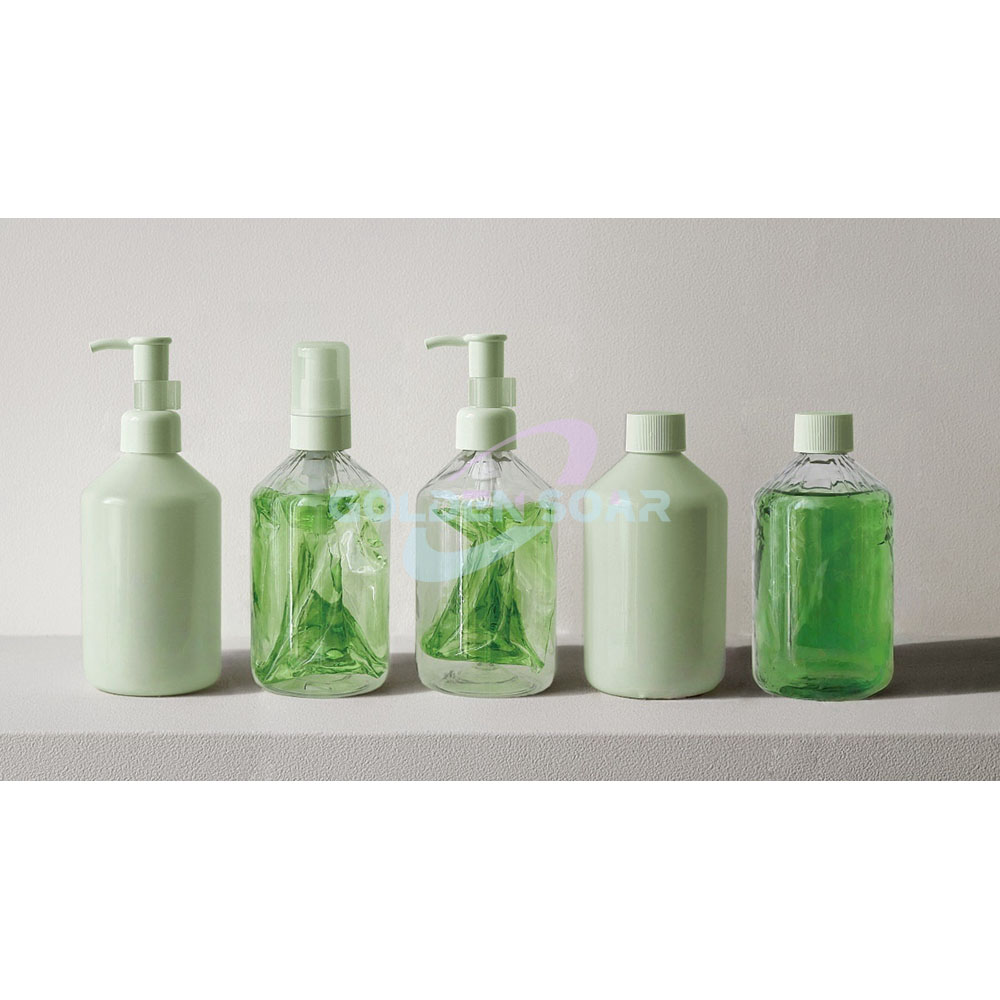
Within today's environment
{In today's environmentally aware arena, the urge for green packaging methods is growing. A trio of popular polymers in packaging are polyethylene (PE), polypropylene (PP), and polyethylene terephthalate substance. Each fabric offers unique specifications that make it applicable for varied applications. Polyethylene is a pliable plastic often used in liners, while polypropylene is known for its hardiness and is commonly found in vessels. PET, on the other hand, is see-through and thin, making it a popular choice for water bottles.
{When electing sustainable packaging, it's crucial to analyze factors such as the renewability of the polymer, its carbon footprint, and its functionality.
Perks of PET Packaging in Food and Beverage
{PET containers have become a popular choice for the food and beverage industry due to their numerous boons. One key benefit is its lightweight nature, which translates to reduced logistics costs and a smaller carbon footprint. PET is also recyclable, making it an environmentally considerate option. Furthermore, its transparent guise allows for product visibility, enticing consumers and enhancing brand presentation.
- Additionally, PET's durability protects wares from damage during handling and depositing, ensuring freshness and quality.
- Due to its barrier properties, PET effectively stops the entry of moisture, oxygen, and pollutants, preserving product flavor and safety.
On the whole, PET shells offer a sensible solution for the food and beverage industry, combining cost-effectiveness with eco-friendly considerations.
Polypropylene Covers: Flexibility and Endurance in Consumer Products
{Polypropylene covers, commonly known as PP, has emerged as a leading choice for consumer goods due to its exceptional versatility and durability. This attributes make it ideal for a wide range of applications, from food containers to household items. The inherent strength of PP provides excellent protection against impact, abrasion, ensuring the integrity of the product throughout its lifecycle. Furthermore, PP's hardiness to withstand a variety of temperatures and environmental conditions makes it suitable for both indoor and outdoor use.
- PP packaging offers a high level of reusability, minimizing its environmental burden.
- Producers often utilize PP to create lightweight and compact packaging solutions, reducing transportation expenses, and promoting environmental responsibility.
- The smooth surface of PP makes it easy to print on, allowing for clear and vibrant product marking.
To conclude, PP packaging's combination of durability, versatility, and sustainability has firmly established it as a preferred choice for protecting and presenting consumer goods in today's market.
The role of aluminum in Premium and Protective Packaging
{Aluminum has emerged as a key material in the sphere of premium and protective packaging. Its inherent peculiarities make it an ideal choice for safeguarding products during transport and storage. Aluminum's strength provides exceptional cover against ambient factors such as moisture, oxygen, and light, ensuring product integrity and extending shelf life. Furthermore, aluminum's visual appeal contributes to the premium image of packaged goods, enhancing brand notability.
Evaluating Qualities of PE, PET, PP, Aluminum
{Various plastics and metals possess distinct individual characteristics that influence their applications. Polyethylene plastic, commonly known as PE, is renowned for its flexibility and low cost, making it suitable for packaging and envelopes. Polyethylene terephthalate regularly named PET exhibits high resilience and clarity, adopted for beverage bottles and textiles. Polypropylene compound, or PP, demonstrates fortitude and chemical resistance, rendering it suitable for items like containers and automotive parts. Aluminum, a lightweight, stands out due to its remarkable conductivity and recyclability, facilitating applications ranging from cans to construction materials.
Planet-Safe Options: Biodegradable and Compostable Options
{In today's world, it's more crucial than ever to minimize our impact on the planet. One way to do this is by opting for earth-conscious alternatives to standard products. Biodegradable and compostable options offer a exceptional solution to debris problems. These materials deteriorate naturally over time, renewing valuable nutrients to the soil.
- Exemplars of biodegradable and compostable products include food packaging, pouches, and even wearables.
- By choosing these routes, we can preserve natural resources and design a more green future.
Progress in Flexible Packaging: PE Films and Laminates
{The flexible packaging industry endlessly strives to develop innovative solutions that meet the evolving demands of consumers and manufacturers. Polyethylene (PE) films and laminates have emerged as key players in this landscape, offering a wide range of properties such as strength, durability, barrier performance, and versatility. Recent advances in PE film technology have led to the creation of high-performance materials with improved puncture resistance, tear strength, and chemical resistance. These enhancements enable the packaging of a diverse range of products, from food and beverages to pharmaceuticals and personal care items.
- As well, advancements in lamination techniques have allowed for the integration of multiple layers of PE film with other materials such as components and metallized foils. This multi-layered approach enhances the protective capabilities of packaging, providing superior barrier properties against moisture, oxygen, and light.
- Thereupon, flexible PE films and laminates are increasingly being implemented in sustainable packaging solutions. Their lightweight nature reduces transportation costs and lessens the environmental impact associated with packaging waste.
The Impact of Packaging on Sustainability: A Circular Economy Approach
{In an era defined by environmental consciousness, the impact of packaging on sustainability has come under intense scrutiny. Traditionally, packaging has been viewed as a linear system, where materials are extracted, processed, used once and then discarded. However, embracing a circular economy approach presents a transformative solution. Such paradigm emphasizes reducing waste by reusing, repairing, and recycling packaging materials, minimizing the depletion of resources and environmental impact. By implementing innovative design strategies and fostering collaboration across the supply chain, businesses can create a closed-loop system where packaging becomes a valuable resource rather than a source of pollution.
- A circular economy approach to packaging prioritizes the reuse and recycling of materials.
- Cutting-edge design strategies play a crucial role in minimizing packaging waste.
- Collaboration across the supply chain is essential for achieving a truly sustainable system.
Regulations and Elements for Packaging
{Packaging components are regulated by a variety of guidelines designed to ensure the care of consumers and the surroundings. These obligations often dictate the types of matter that can be used, as well as constraints on packagingdesign to avoid potential hazards. Compliance with these rules is essential for fabricators to avoid liabilities. These standards can vary from nation to nation, so it is critical for businesses to research the specific regulations that apply to their commodities. A habitual goal of packaging rules is to copyright eco-friendliness. This generally involves favoring the use of eco-conscious materials and curtailing packaging refuse.
Minimizing Material Weight
{In today's dynamic market, packaging/product containment are constantly seeking innovation/optimization/advancements to enhance both the performance/efficacy/effectiveness of their packaging and its environmental footprint. Lightweighting/Material optimization/Reducing density emerges as a key strategy in achieving this balance. By strategically/intelligently/carefully reducing the weight of packaging materials without compromising protection/integrity/security, manufacturers can achieve significant benefits/gains/advantages. These include lowered/reduced/diminished transportation costs, minimized/decreased/limited environmental impact through lesser/reduced/minimal resource consumption and waste generation/emissions, and improved/enhanced/optimized shelf appeal due to a more streamlined/compact/efficient design.
- Additionally/Furthermore/Moreover, lighter packaging can often lead to increased/enhanced/boosted product stackability, allowing for greater/more/superior storage efficiency and potentially lowering/reducing/minimizing overall shipping volumes.
Therefore/Consequently/As a result, investments/initiatives/commitments in lightweighting represent a strategic/forward-thinking/proactive step towards sustainable/eco-conscious/responsible packaging solutions that meet the demands of both consumers and the planet.
Choosing the Right Packaging Material: Factors to Consider
When it comes to packaging your goods, the choice of material is critical. It's not just about presentation; the right packaging needs to safeguard your items during transit and meet specific specifications. Here are some important factors to take into account:
- Goods Nature
- Strength
- Sustainability
- Valuation
- Presentation Style
By conscientiously considering these factors, you can opt for the perfect packaging PET Packaging material to display your products while providing their safety. 